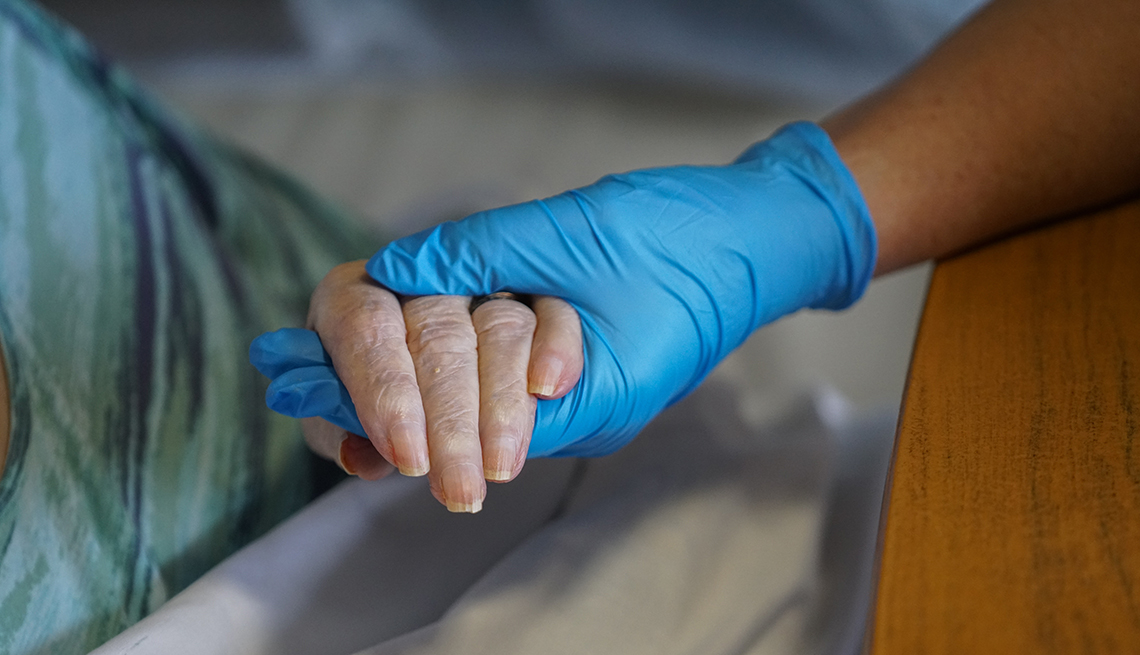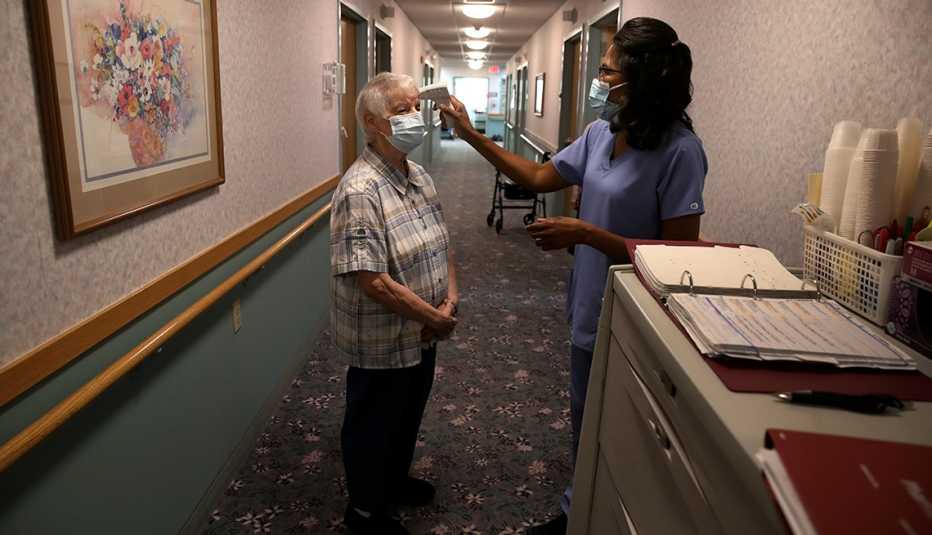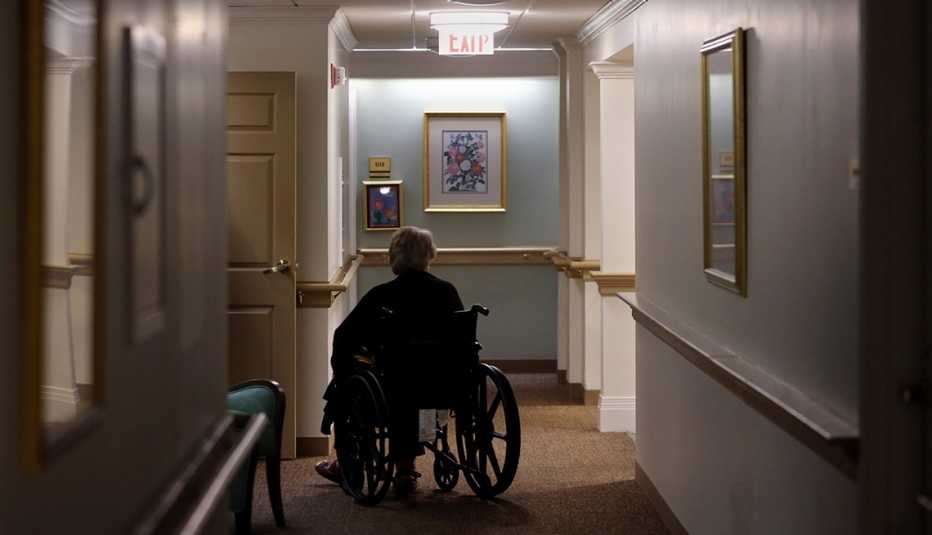Staying Fit
The true number of COVID-19 deaths from New York nursing homes during the state's initial surge could be 56 percent more than what the state health department is reporting, according to a report released Thursday by the state's attorney general.
Comparing data collected from 62 of the state's 619 nursing homes and data reported by the New York State Department of Health (DOH) during the same time periods, Attorney General Letitia James found that the facilities recorded 1,914 COVID-19 deaths among residents, while the DOH reported only 1,229 deaths at those same homes.


AARP Membership— $12 for your first year when you sign up for Automatic Renewal
Get instant access to members-only products and hundreds of discounts, a free second membership, and a subscription to AARP the Magazine.
The state's official COVID-19 death count in nursing home is roughly 8,700 right now. A 56 percent increase on that count would bring the total deaths to well over 13,000.
The discrepancies between the two data sets stem mainly from the state's decision to omit in-hospital deaths, which occur after a resident is transferred from a nursing home to a hospital, from its official count. That decision has been criticized throughout the pandemic.
"Many residents died from COVID-19 in hospitals after being transferred from their nursing homes,” the report says. By including in-hospital deaths in the count, “a significantly higher number of resident COVID-19 deaths can be identified than is reflected in the deaths publicized by DOH.”
But discrepancies also lie among the on-site deaths reported directly by nursing homes to the attorney general investigators and those publicized by the DOH, the report shows. While the 62 nursing homes surveyed reported 1,266 facility deaths, the DOH publicized only 1,229 for the same homes.




































































